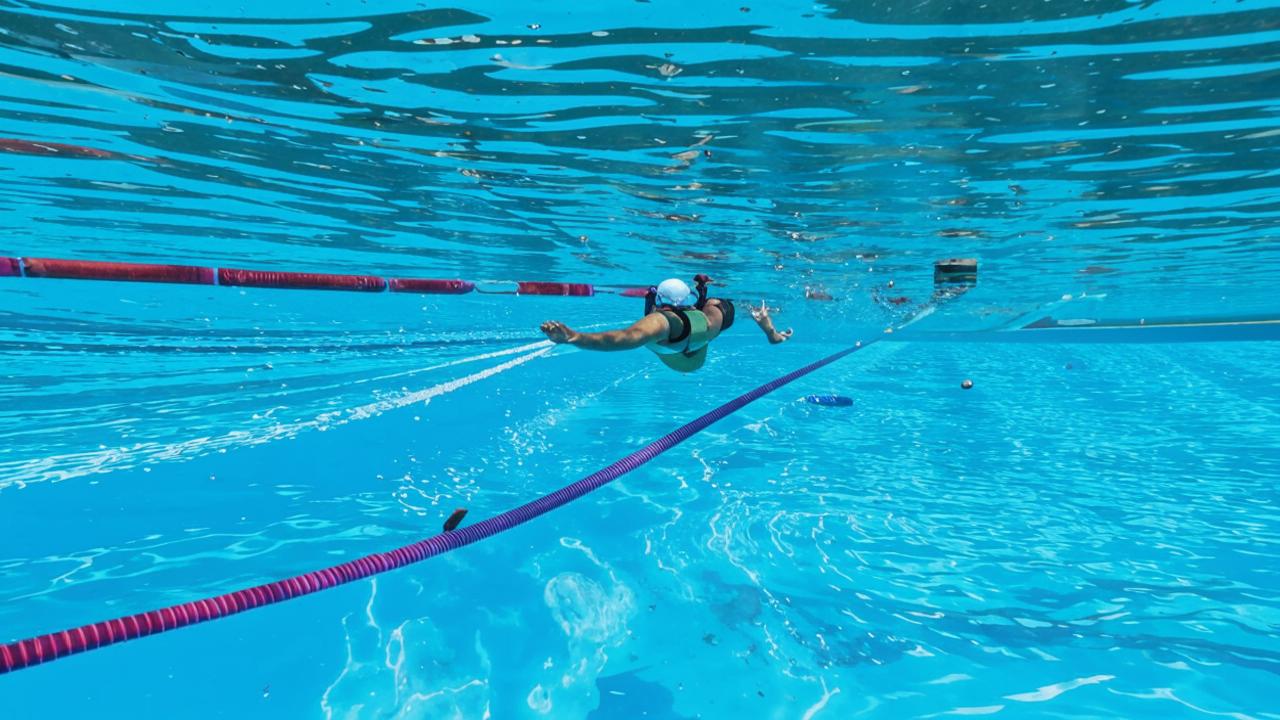A perfect active weekend for me started at a training session at World Class Kuntsevo. Together with the Iron Babes by World Class team , we practiced proper swimming technique in preparation for our first triathlon start. Swimming training is one of the most important stages of preparation for a triathlon race, namely for the part that involves open water swimming.

In our material we have collected a selection of tips from World Class coach, five-time IRONMAN Victoria Shubina, which will help you start swimming correctly today.
Calm, only calm
Relax in the water, because if you are very tense you will be able to swim fast, but definitely not for long.

Swimming and aqua aerobics: fundamental differences
Your body must lie on the surface of the water, otherwise it is not speed/sport swimming. ( Read about how to achieve the correct body position in the water in our article) . Aqua aerobics, by the way, is very useful, but fundamentally different in purpose. In speed/sport swimming it is important to cover the distance faster and spend as little energy as possible, while in aqua aerobics it is important to spend as much energy as possible using the physical qualities of water/density.
What can reduce your buoyancy?
Next you need to work on the biomechanics/technical component: rowing power and relaxed fast arm sweep over the water to minimize buoyancy reduction. Decreased buoyancy can occur due to the opposite shoulder dropping into the water, which increases friction and decreases speed.

Beginner’s mistake
Unless you are a highly skilled swimmer who feels better in the water than on land, but the guy/girl who woke up in the morning already at a fairly mature age and decided to take up triathlon/swimming… DO NOT pull your elbow high when bringing your arm over the water, it is unnatural for you.

In conclusion, in addition to useful tips that you can already start using in practice today, I would like to tell you about additional equipment for effective swim training (much of this you can absolutely free of charge at the pool):
– colobashka – a convenient accessory for training the muscles of the upper body and improving the overall swimming technique. Using it, the athlete can “forget” about the legs and concentrate only on arm movements and breathing. Sometimes, in addition to the spike, the legs are tied with a rubber ring to completely eliminate leg movements;
– board – a flat rectangular shaped device made of lightweight buoyant material used to teach swimming, improve swimming technique and train swimmers;
– short fins for the pool – used for practicing crawl technique, in particular kicking, as they do not allow you to make too sharp movements – the main mistake of swimmers.






